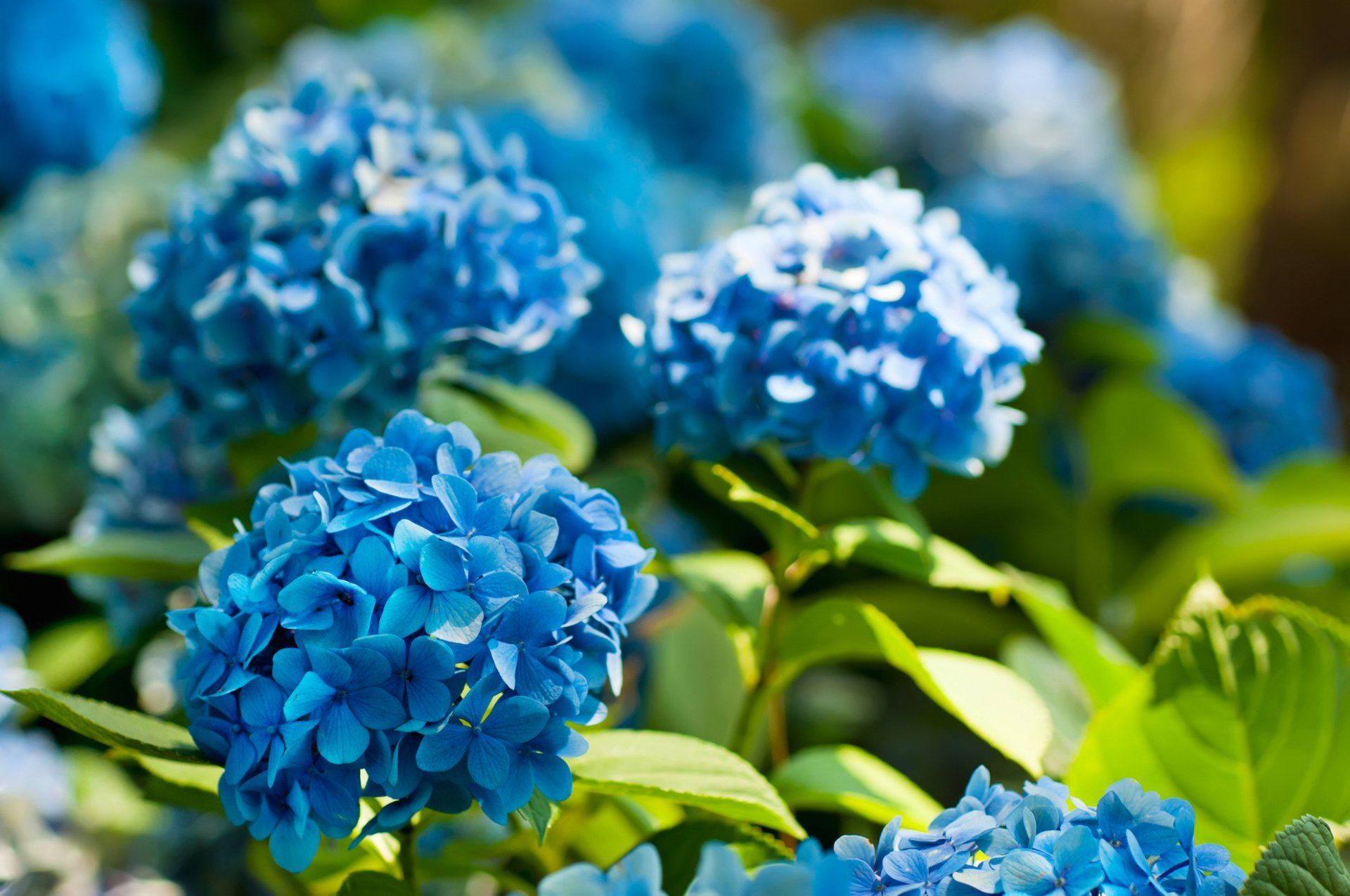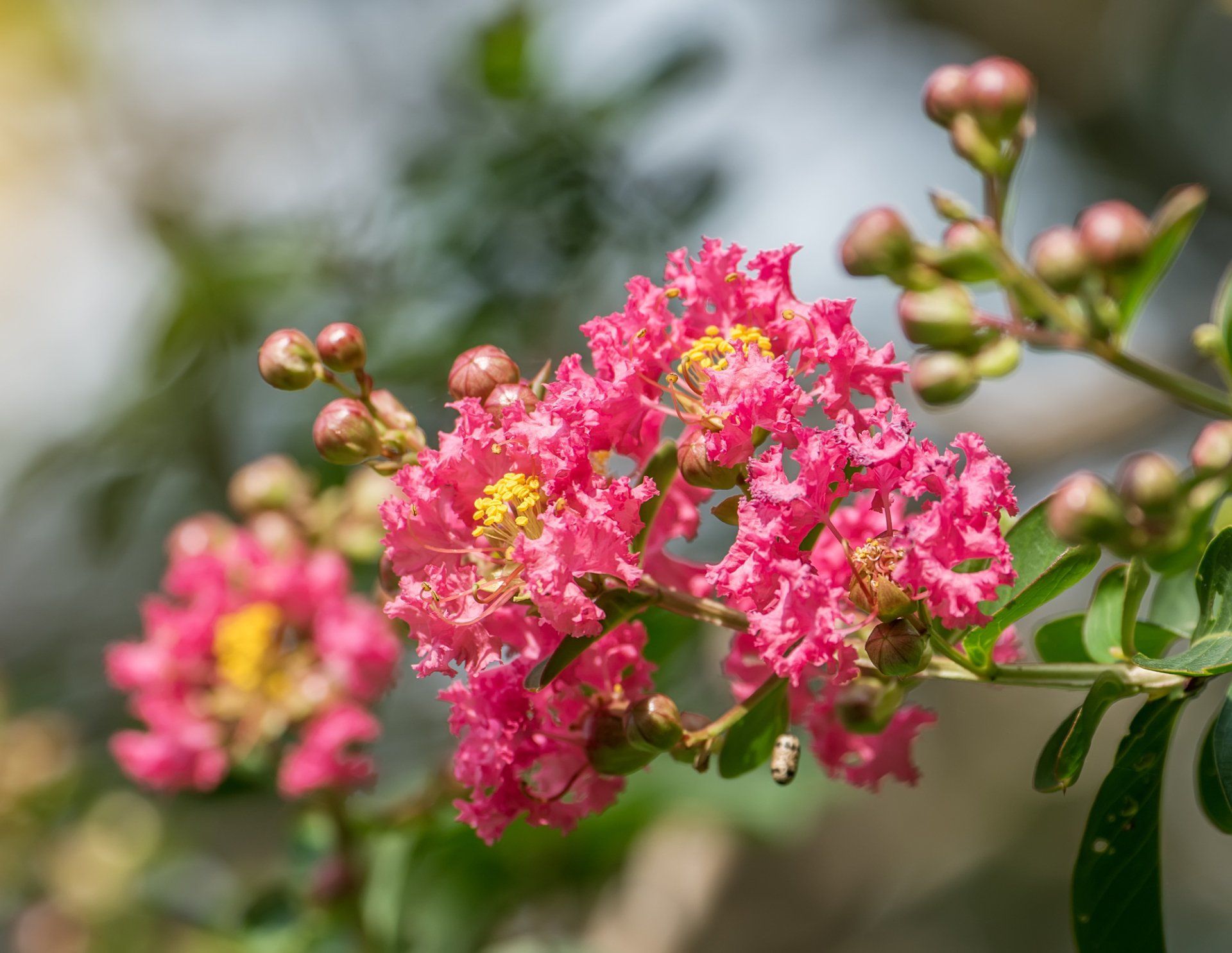Lawn Care Tips to Make Your Garden Stand Out
The Midwest is filled with people that take lawn care seriously. Having some green grass with your home is an unofficial part of the constitution for residents of Oakville, Missouri.
If you're a keen observer, you'll notice that everywhere you go in the South County – from Mehlville to Arnold, to Oakville, in fact, the entire St. Louis – you'll see beautiful and well maintained Zoysias, tall fescues, and immaculate green grass.
This is not rocket science neither is it magic, it's simply because most residents make lawn maintenance a priority. For those that don't have the time or expertise to do this, there are several lawn maintenance services available at their disposal that they can hire.
However, we've compiled these easy to follow tips that can make your garden stand out. Keep in mind that most techniques discussed here are best applied in autumn or spring. This period allows the grass to repair itself and grow all through the summer.
1. Remove Thatch, Weeds, and Moss
These annoying things can inhibit growth by blocking nutrients and air from reaching the roots. Lawn aeration is very important as it'll determine how lush your garden is, so you need to get rid of all weeds, moss, and thatch.
Lawn Weeds
Weeds can grow in almost all conditions and are found everywhere. There are several ways they make their way into your garden – they could be brought in by birds, pets, or other animals that enter your garden. Sometimes, your cloth or footwear could be the culprit.
Lawn weeds sometimes grow as flowers or seed heads, and you'll find several types in different lawns. The safest and easiest way to get rid of them is to pull the entire plant from the root. You can use a tool specially made for this, or it can be done by hand. However, if the weeds are too much, use a low toxicity herbicide to directly spray the weeds.
Lawn Thatch
Lawn thatch is a build-up of organic matter that forms a layer between the soil and the leaves. It is often made of root stems, grass, and dead leaves.
This build-up often creates a blockage that prevents essential nutrients and moisture from reaching the soil and the plant's root. It is very easy to identify areas affected by thatch as you'll notice a spongy feel on the ground. Also, you'll see dead and dull patches on the lawn caused by the absence of nutrients.
The best way to remove thatch is through scarification. This process involves removing mulch from your lawn by raking. There are several tools to get this done, and one of them is a lawn scarifier.
Lawn Moss
Moss is a non-flowering plant, and it's often a nightmare for lawn owners. You can find it in places that have low-quality turf, excess moisture, and shade.
If left untreated or undiscovered, the moss level will increase, and it'll significantly reduce the ability of the grass to grow.
If left undiscovered or untreated, the level of moss will increase which will reduce the ability of the grass to grow. Some conditions that allow moss to thrive are: the presence of clay in the soil, shade, drought, and large quantities of thatch.
2. Improve Your Drainage
If your lawn has poor drainage, it will be prone to waterlogging, and your lawn may not dry up for days. In addition, your lawn's health is at stake if you don't improve the drainage conditions.
There are two major causes of water build-up in lawns, and they are: the ability of the soil to absorb water and your garden's landscape.
Soil permeability
Soil compaction, several root layers, high clay levels, and thick areas filled with thatch can prevent your garden from absorbing water as it should.
Depending on how bad the problem is, adequate lawn aeration can enhance water and airflow, which will decrease surface build-up.
On the other hand, you can change the nature of the soil in your lawn to get the drainage level you want. This can be done by using the appropriate plants that suit the current soil type, or you can use organic materials to gradually adjust the soil.
Garden topography
Your lawn should be shaped in a way that it'll naturally channel water away. If there's a dip of any kind, water can accumulate in that spot, and it'll damage your lawn. Try to as much as possible to always prevent water logging in your garden.
If you notice this, try fitting drains and gutters to channel the excess water away. Also, you can reshape the area, adjust the gradient, or add wet plants that flourish in water to improve drainage.
3. Aerate
Lawn aeration is vital to your garden as it leads to increased penetration of water and air to the roots of the grass. Aeration is vital for plants as it allows them get the right nutrients they need to grow. Aeration also helps lawns that are often affected by water logging or drought.
You can perform aeration by creating tiny holes in the soil at specific depths and intervals. This can be done with a garden fork or aeration machines – there are even aeration shoes that you can use.
This process can be done in your lawn every few years, or you can treat small patches of grass individually
4. Over-seeding
The process of over-seeding revitalizes worn out and tired lawns. To do this, you have to cover the entire lawn with lots of seed mixed thoroughly with fertilizer. This way, you get to fill thin and damaged areas at the same time, improving soil color and decreasing the chance of moss or weed invasions.
Before you apply the seeds to the lawn, you need to scarify, aerate, mow and water the lawn thoroughly. You can buy spreaders to ensure the seeds are evenly distributed.
The moment the lawn is seeded, you need to keep it moist to improve germination. You also need to apply a top dressing to provide nourishment and protect the seeds. This process can be done yearly to ensure your lawn is healthy.
5. Feeding and Watering
You can find several types of fertilizers and grass feeds in any gardening shop. The type you need depends on the weather and soil type in your area. Each of them come with instructions you are meant to follow for best results, so ensure you follow their instructions to the letter.
Together, with feeding, it is also important to water your lawn. If your lawn is lacking water, it will start changing color, and the grass will stay flat when anyone walks on it.
The frequency and amount of watering depends on the prevailing weather condition and soil type in your area. You need to know this, so you don't overwater it. For best results, try watering your lawn at the start of the day when the temperature is cool.
With the above tips, you’re sure to have a healthy lawn as long as you maintain it regularly. Whenever you see surface debris like twigs and dead leaves, try to remove them. Also, cut any area that creates excess shade, and your lawn will look natural, lush and healthy.



